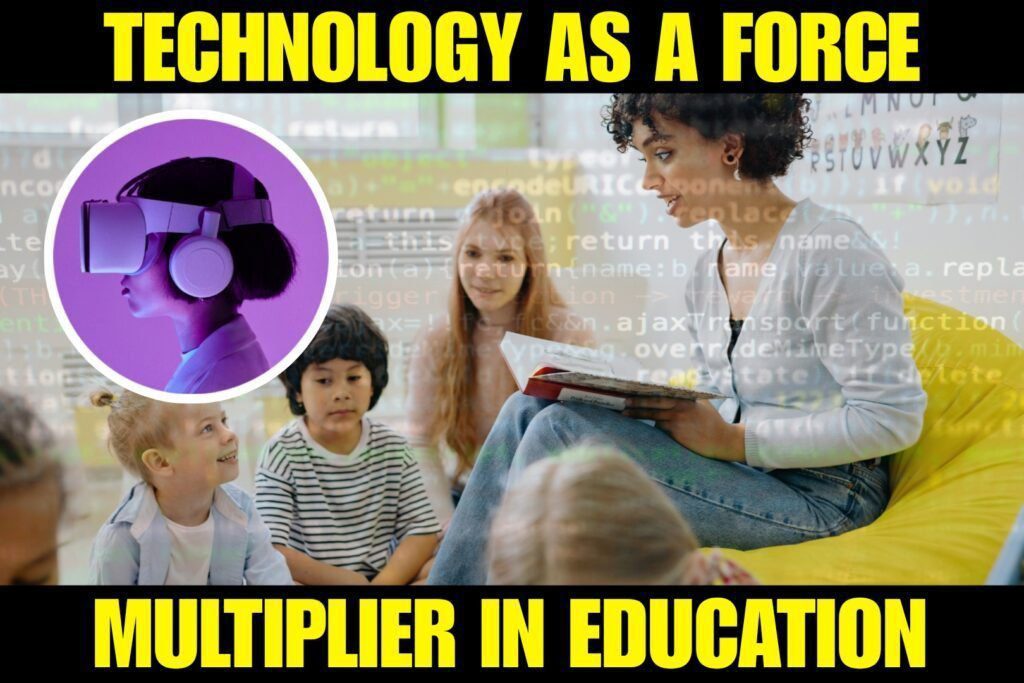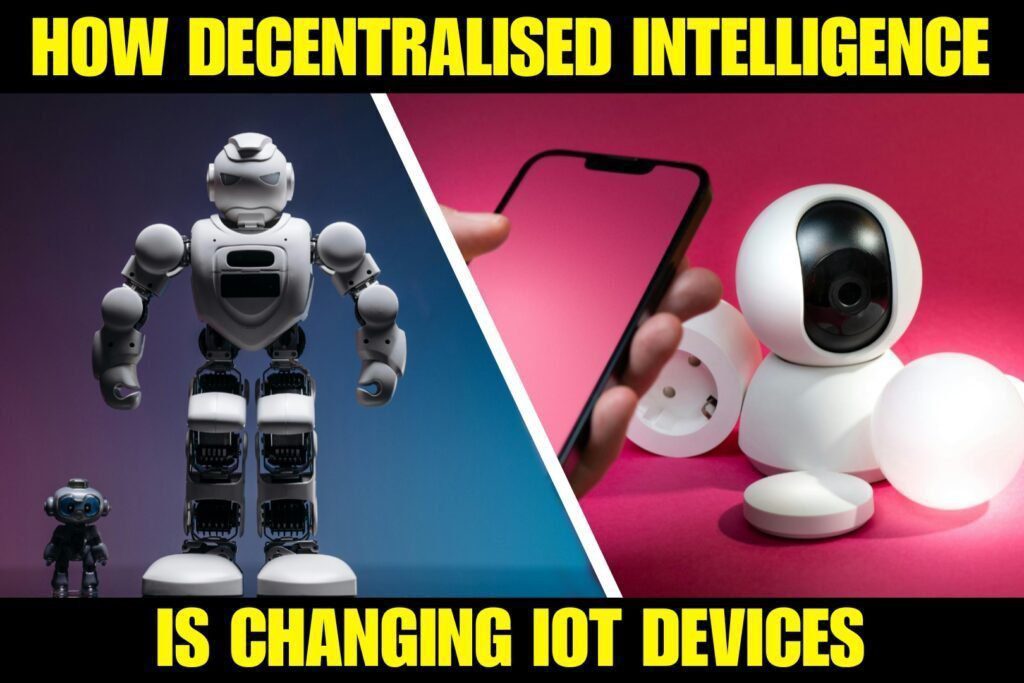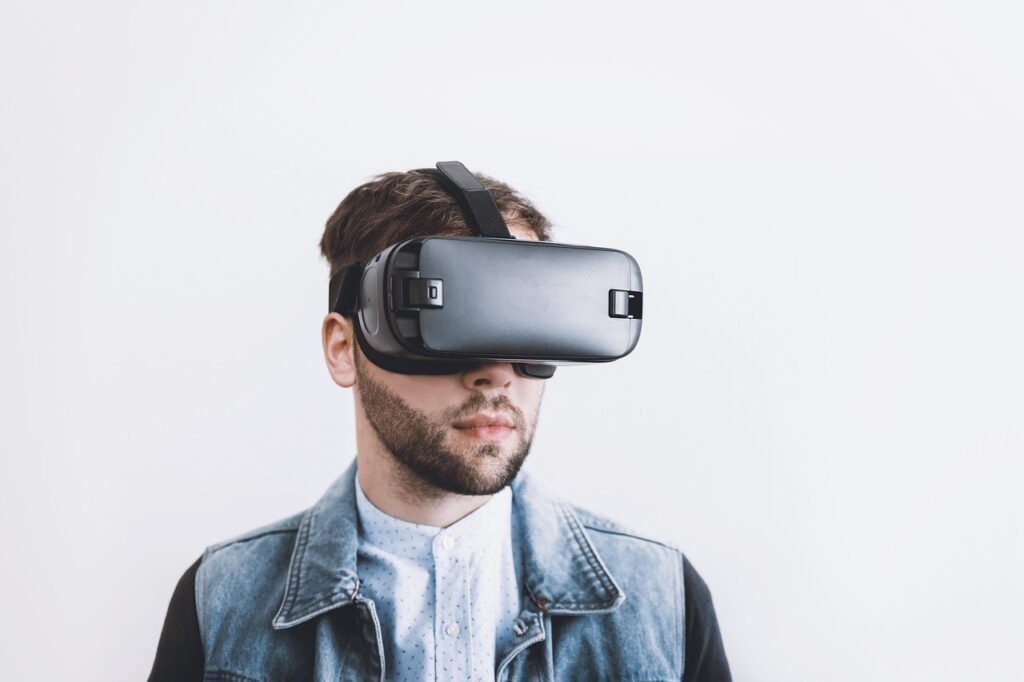Back in 2021, the term “Metaverse” burst onto the scene like a digital tidal wave—promising immersive virtual realities, digital economies, and a radical transformation of everything from work to play. Education was at the forefront of those promises. The vision? Students around the world donning VR headsets, entering 3D learning worlds, and collaborating in real time with peers from across the globe. By 2025, this idea is no longer science fiction. But the question now being asked in classrooms, tech labs, and education ministries alike is: Is metaverse education actually working?
While the hype has settled, the substance is finally emerging. From fully virtual schools to metaverse-based STEM labs and historical recreations, immersive learning is proving its potential. But it comes with clear challenges—from access and equity to psychological risks and technological friction.
In this deep-dive, we explore the real impact of metaverse classrooms in 2025, backed by user data, expert insights, and real-world deployments across the globe.
What Is Metaverse Education in 2025?
At its core, metaverse education refers to teaching and learning experiences that take place inside persistent, immersive 3D virtual environments—accessible through VR headsets, AR devices, desktop browsers, or even mobile apps.
This goes far beyond video calls or online quizzes. A metaverse classroom allows students to:
- Walk inside the human bloodstream
- Manipulate atoms and molecules in real time
- Attend live lectures in virtual amphitheaters
- Role-play historical events as avatars
- Collaborate with AI tutors or peer avatars in 3D space
Popular platforms currently used include:
- Engage – corporate and educational metaverse platform
- Spatial – used by universities for art, design, and collaboration
- FrameVR – browser-based virtual classroom environments
- Rumii – virtual social education platform
- Meta’s Horizon Workrooms for Education
- Custom-built experiences in Roblox Education and Minecraft Education Edition
What Are Virtual Classrooms Doing Differently?
- Immersive Learning Environments
Rather than reading about ancient Rome, students can walk through a reconstructed forum, interact with AI-powered historical figures, and observe cultural rituals in real time. - Simulated Practice for Real-World Skills
Medical students now practice surgeries in full 3D VR labs. Chemistry students perform virtual experiments without lab costs or safety risks. Architecture students build models collaboratively inside VR. - Global Collaboration
In metaverse classrooms, students from Kenya, Korea, and Canada can solve engineering problems together, communicate via real-time translation, and build global empathy through interaction. - Personalized & Gamified Learning
Each student can follow their own pace, receive instant AI feedback, and earn progress-based badges. Motivation increases through quest-like formats.
Real Impact: Case Studies From 2024–2025
🇫🇮 Finland – The Virtual High School Project
The Finnish government launched a pilot where 3 high schools taught STEM, ethics, and social studies 100% in VR.
Outcomes after 9 months:
- 23% increase in STEM comprehension scores
- 42% increase in class participation (especially among introverts)
- 17% reduction in absenteeism
🇺🇸 Arizona State University – VR Biology Labs
ASU partnered with Labster and Meta to offer freshman biology in VR.
Reported Benefits:
- 93% student satisfaction
- Lab comprehension on par with physical labs
- Cost reduction of ~$500 per student per semester
🇮🇳 India – Rural Access Metaverse Initiative
NGOs piloted low-cost VR kits in rural schools across Maharashtra and Tamil Nadu. With offline VR simulations (no internet needed), students accessed immersive English, math, and science modules.
Result: 38% faster conceptual understanding in under-resourced regions.
Are Students Really Learning Better in the Metaverse?
Multiple studies now confirm that active, immersive learning increases retention. According to a 2024 report by PwC:
- Students in VR learn 4x faster than in a classroom
- Learners are 275% more confident in applying skills after VR training
- 94% retain knowledge better through immersive simulation
Additionally, students report feeling more engaged, especially in complex or abstract subjects.
However, metaverse learning is not ideal for everything. Reading comprehension, writing fluency, and math computation often benefit more from traditional methods or hybrid formats.
Limitations and Challenges in 2025
- Hardware Access
High-quality VR headsets like Meta Quest 3, HTC Vive XR Elite, and Apple Vision Pro still cost hundreds of dollars. Though prices are falling, equity gaps remain. - Bandwidth Requirements
Stable internet with high download/upload speeds is essential for real-time collaboration, leaving millions in developing countries underserved. - Physical Discomfort & Fatigue
Extended VR use can lead to motion sickness, eye strain, and “VR fatigue.” Current best practices limit VR sessions to 30–45 minutes. - Emotional & Psychological Concerns
For younger children, immersive spaces can blur the line between real and simulated. Some educators worry about dissociation, addiction, and digital identity confusion. - Teacher Training Gaps
Most teachers have not been trained to manage or design effective lessons in 3D environments. This slows adoption and quality execution.
Ethical Concerns and Data Privacy
Metaverse platforms collect massive data: movements, gaze tracking, attention patterns, voice data, emotional reactions. Without robust regulation, this data could be exploited by corporations.
Key issues:
- Student surveillance
- Informed consent
- Commercial exploitation
- Digital footprint tracking
Governments and institutions are now pushing for Metaverse Data Bills to protect students’ rights.
What Students Are Saying
- “In VR, I actually felt like I was inside the body dissecting it. I’ll never forget that.” – Medical student, UK
- “I’m shy in real life, but in my avatar I lead group projects. It gave me confidence.” – 10th grader, South Korea
- “It’s fun but tiring. I use it for science only. I prefer reading for English.” – High school student, USA
- “Wish we had this for rural kids earlier. It made everything real for me.” – Student, Maharashtra, India
Will the Metaverse Replace Traditional Classrooms?
Not anytime soon. Experts agree that blended models—using the metaverse strategically, not exclusively—deliver the best outcomes.
Recommended framework for 2025:
- VR for immersion & simulation
- AI tutors for personalization
- Traditional teaching for reading/writing fluency
- Face-to-face or Zoom for collaboration & emotional learning
The goal is augmentation, not replacement. Think of the metaverse as a learning lab, not a digital prison.
Final Takeaway
In 2025, metaverse classrooms are finally moving beyond hype and delivering real, measurable results. From STEM labs to virtual museums and historical simulations, immersive education is enhancing curiosity, retention, and global collaboration.
But it’s not a silver bullet. Access, ethics, fatigue, and teacher training are major hurdles. The key is to use the metaverse as a powerful tool in a broader learning ecosystem—one that values flexibility, empathy, and digital fluency.
Education in the metaverse isn’t the future. It’s the new frontier—and we’re just getting started.


